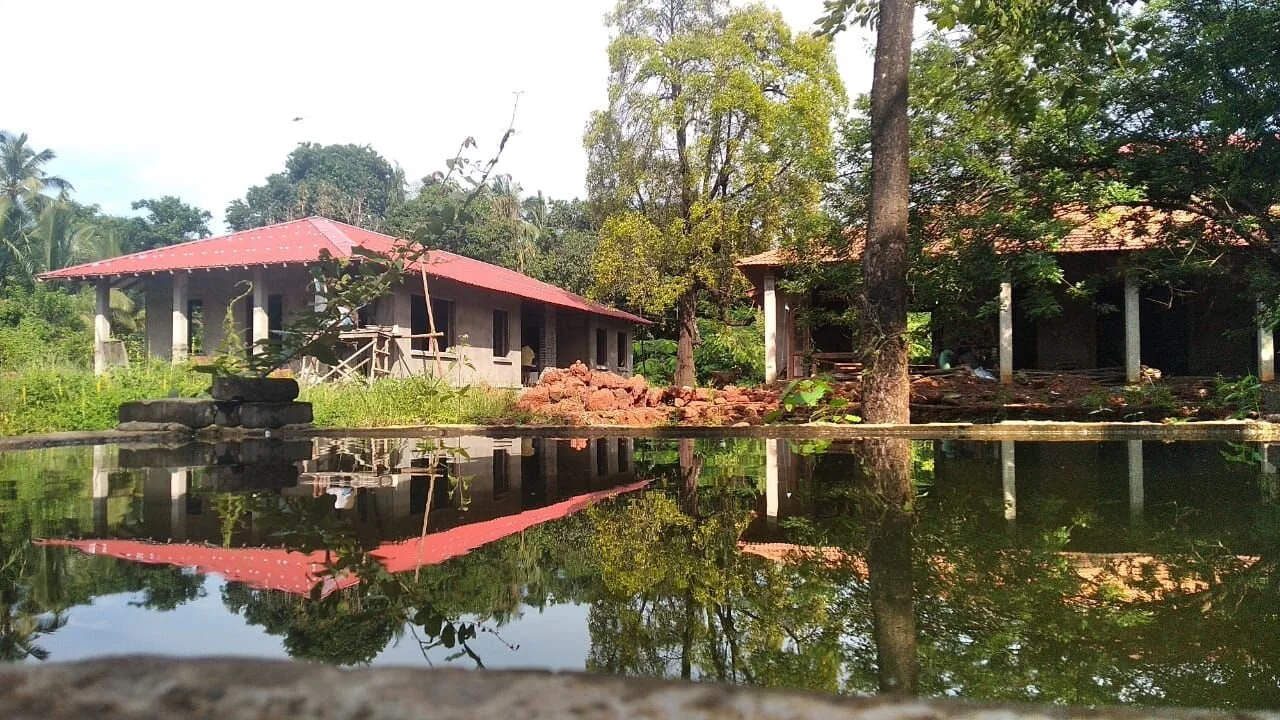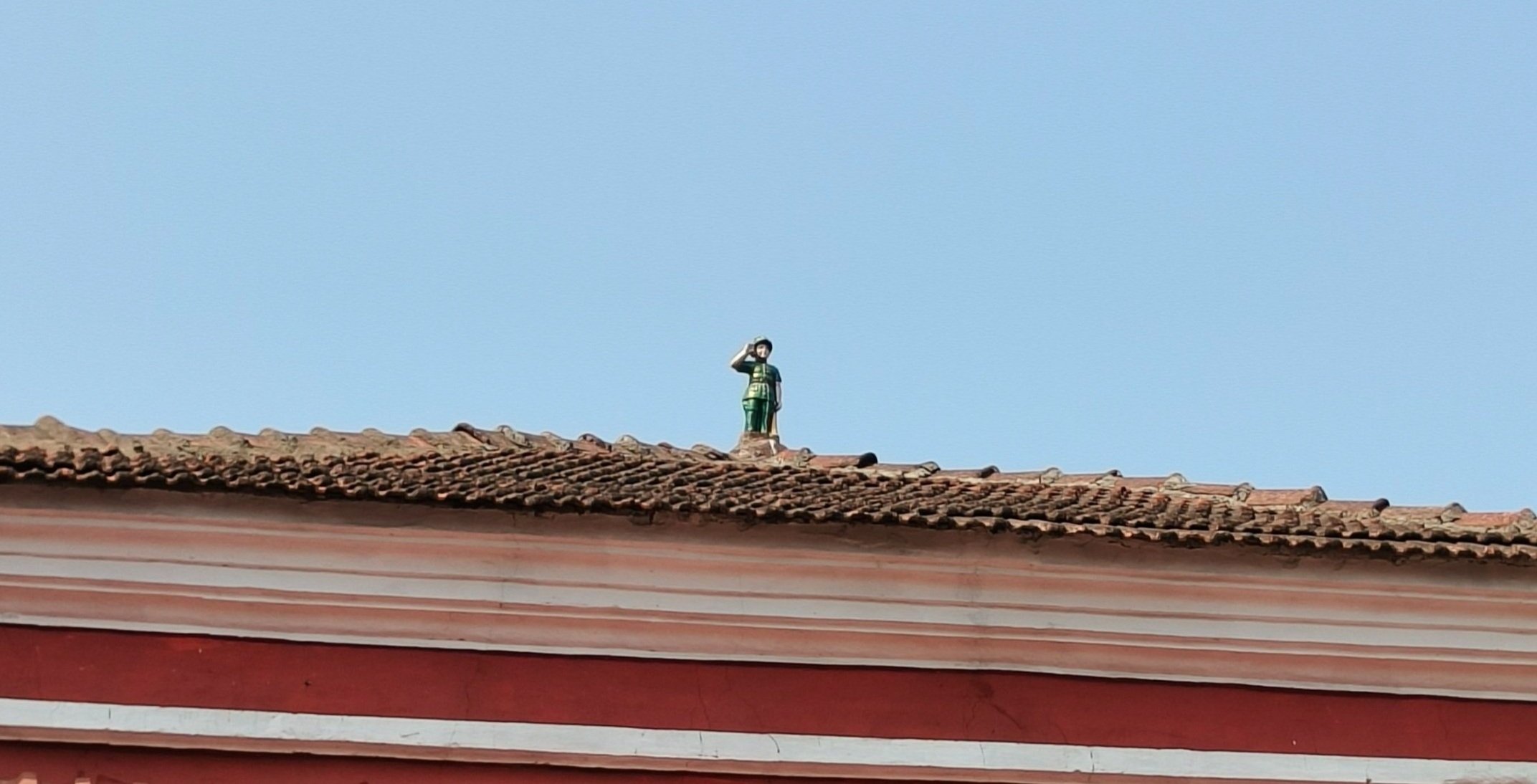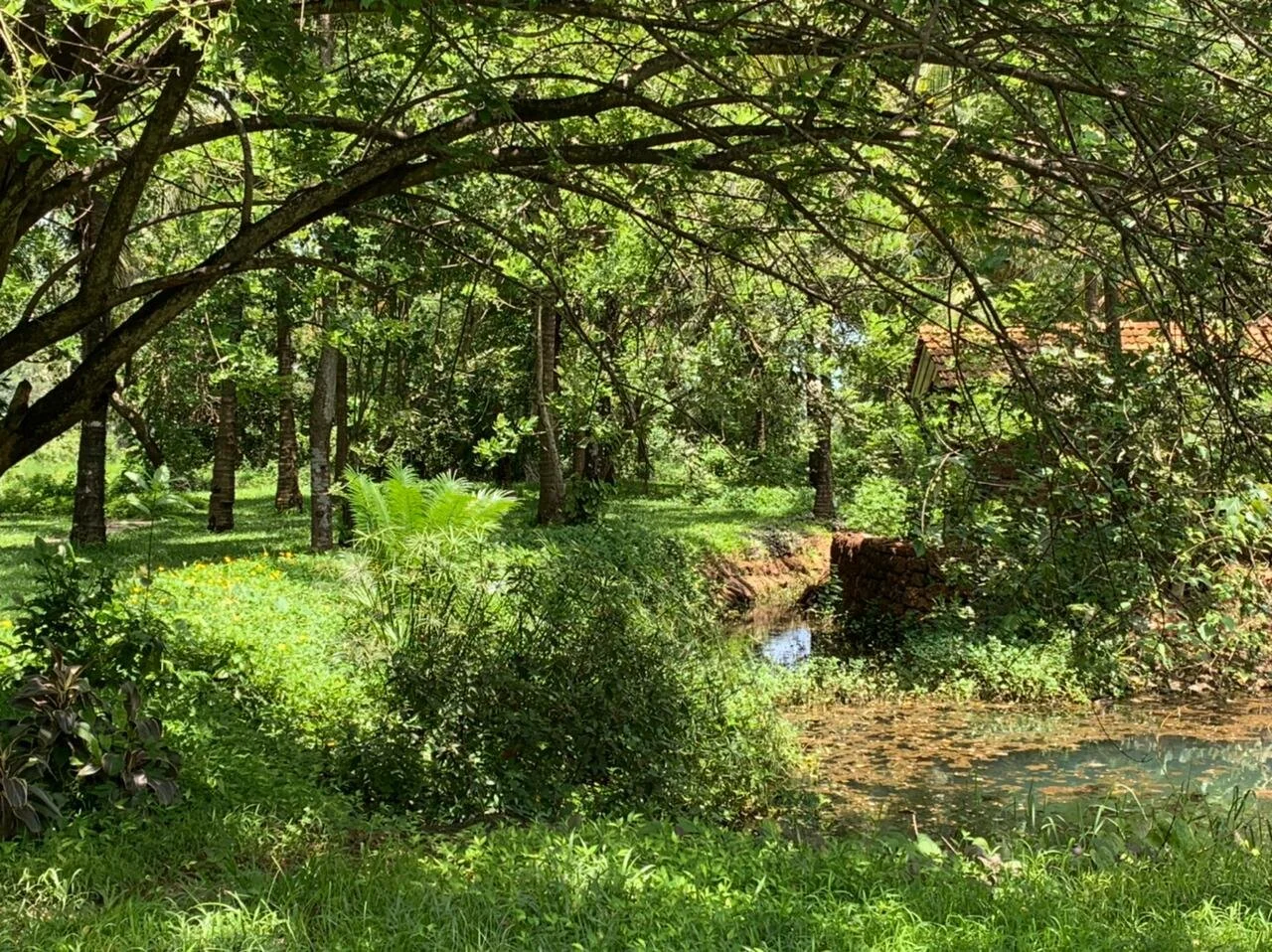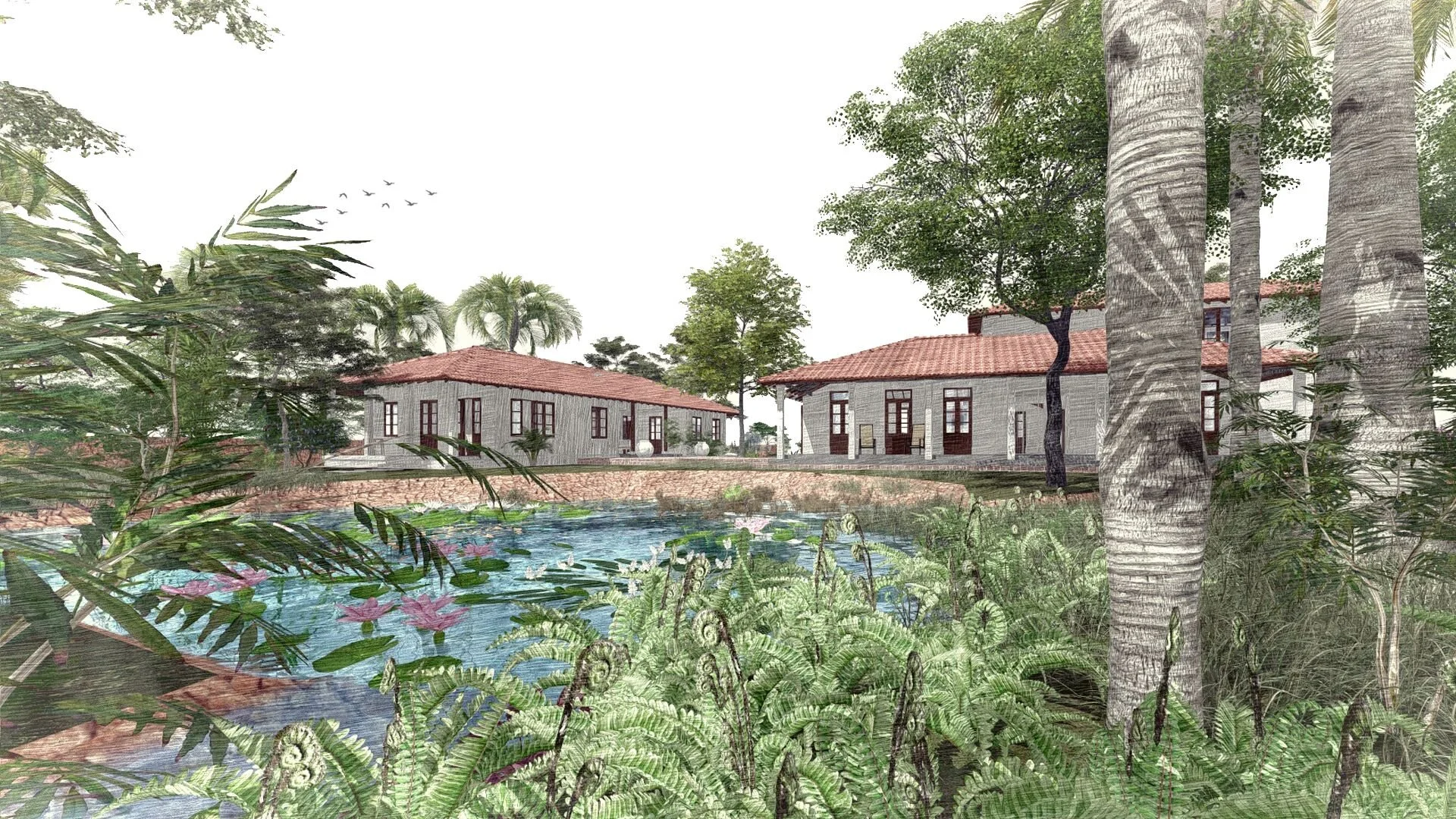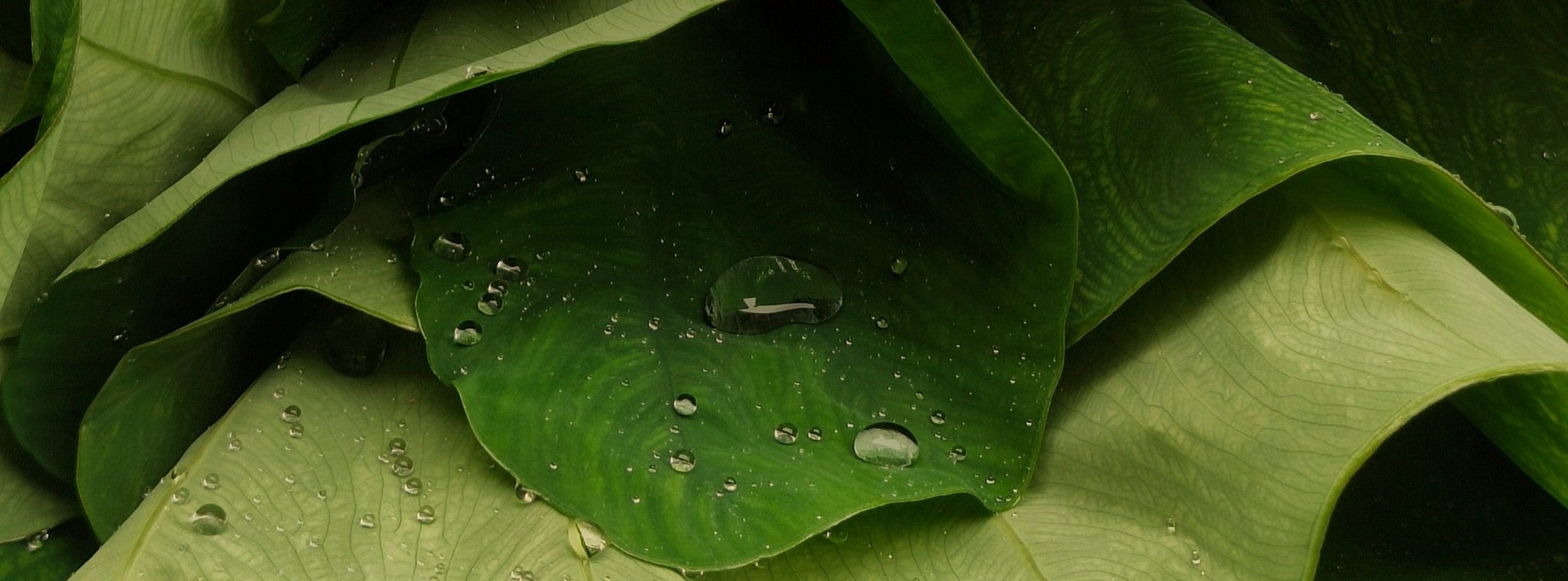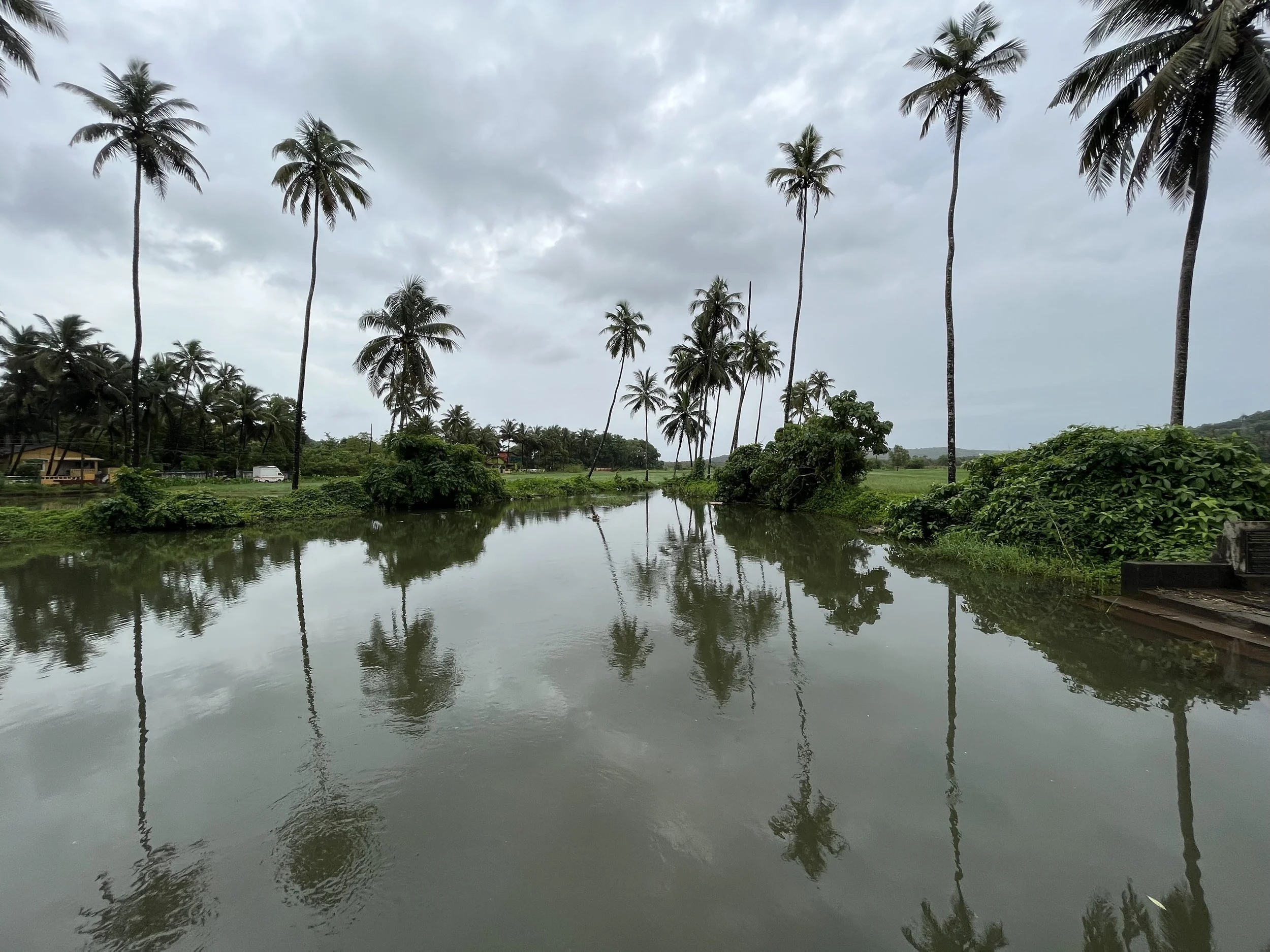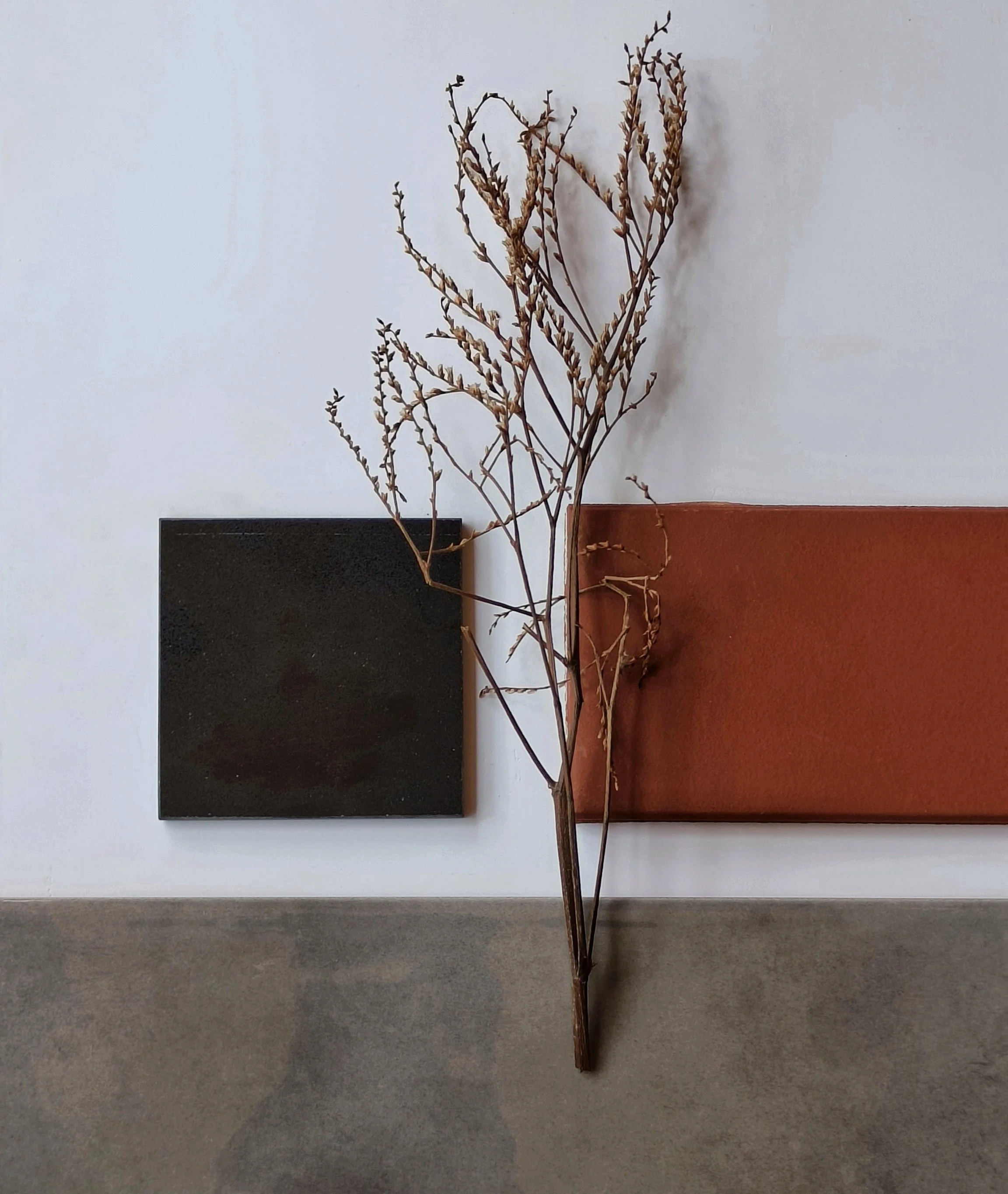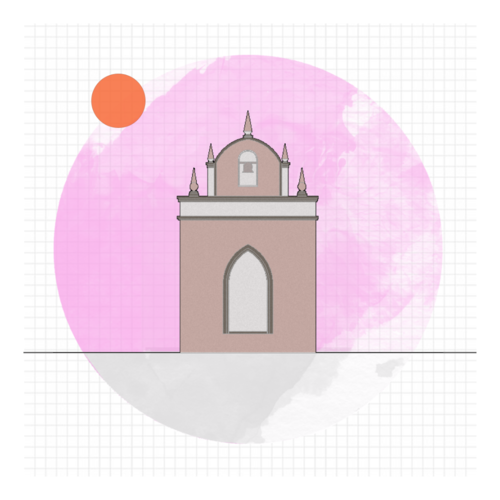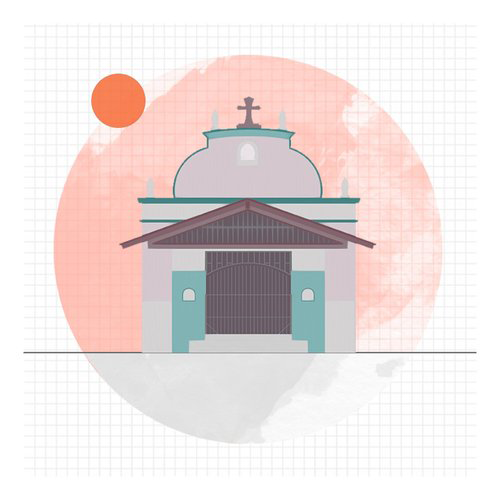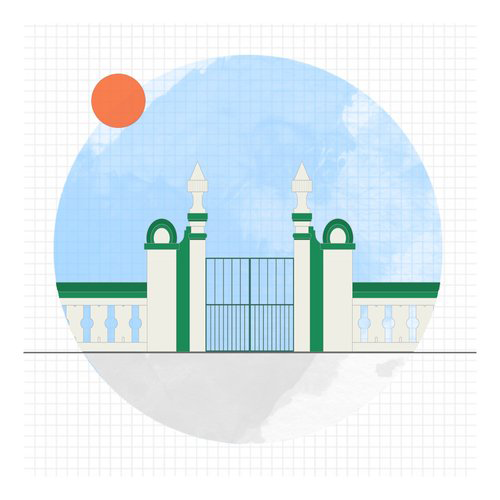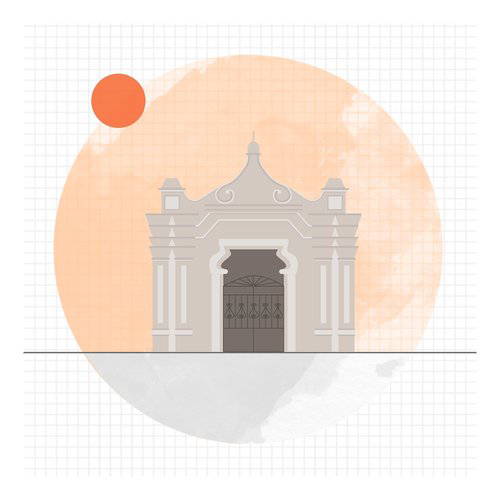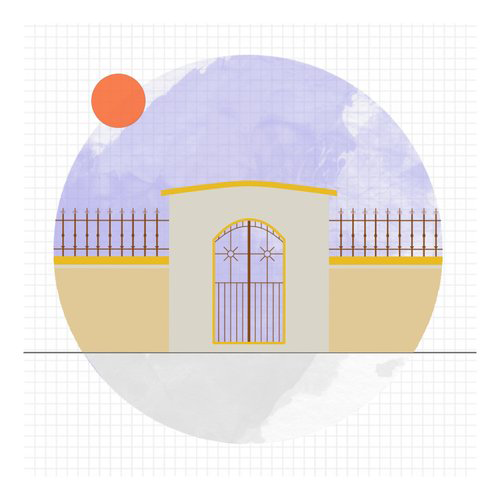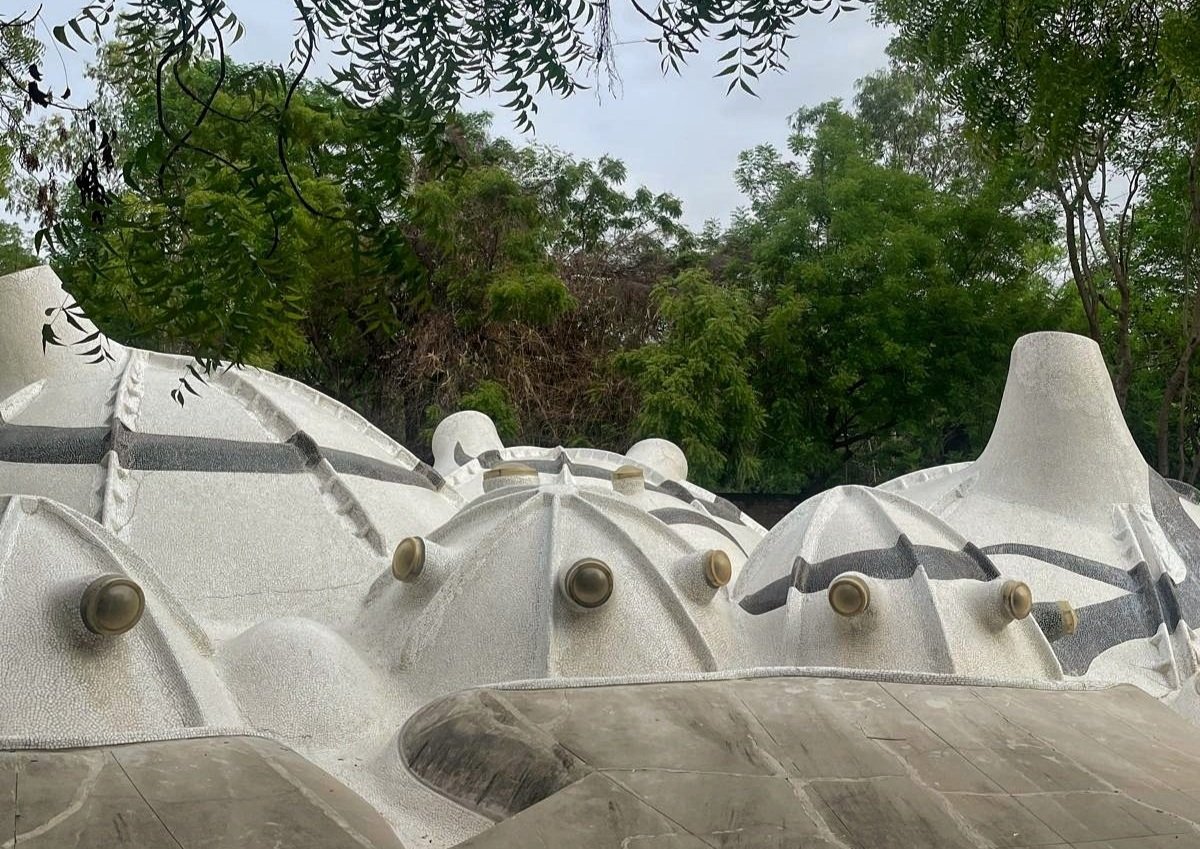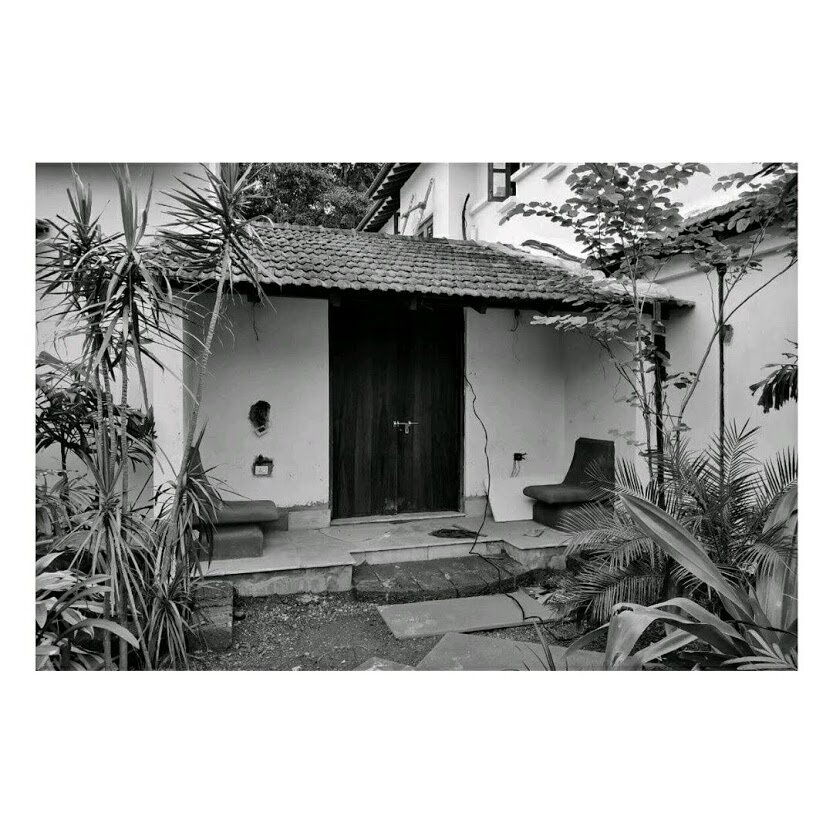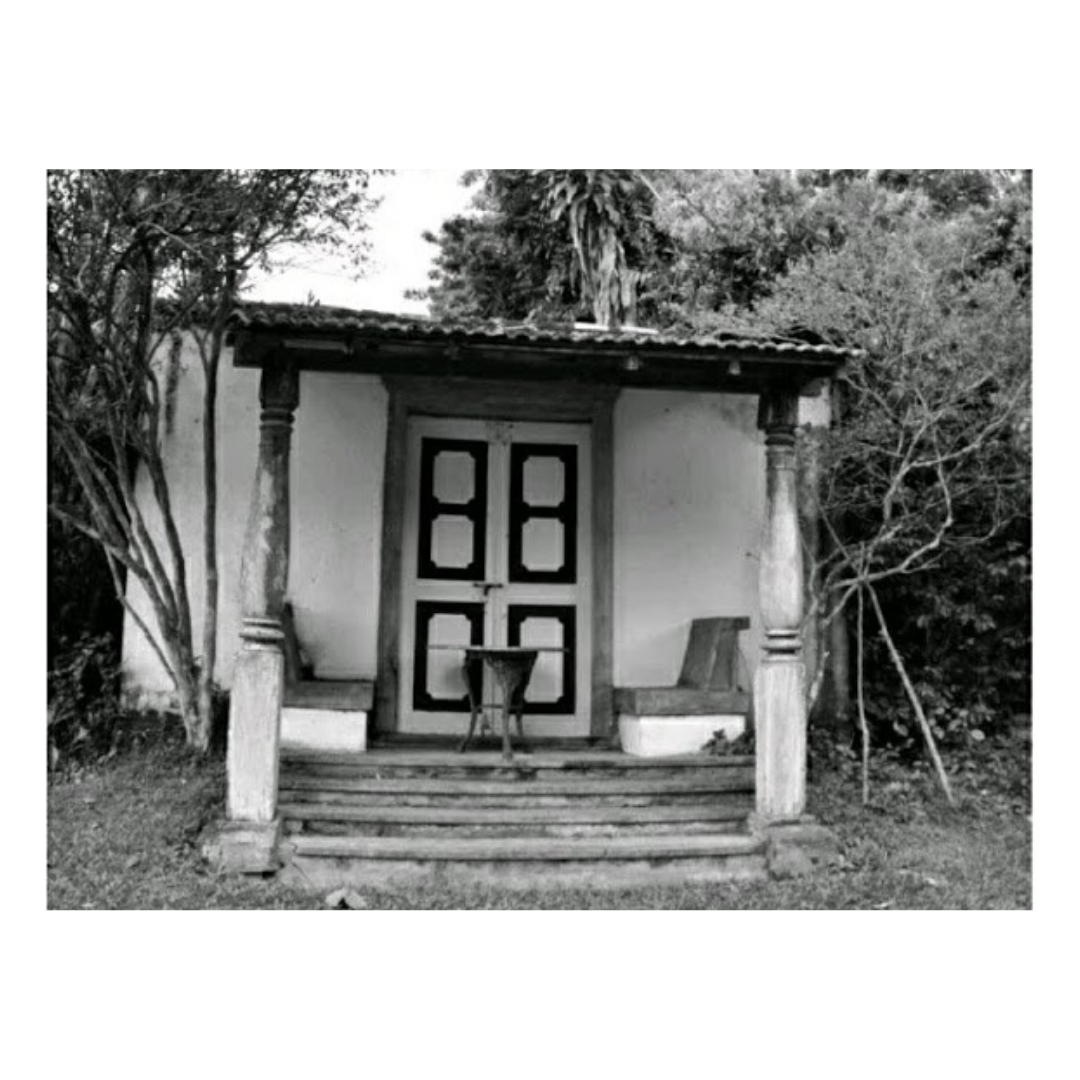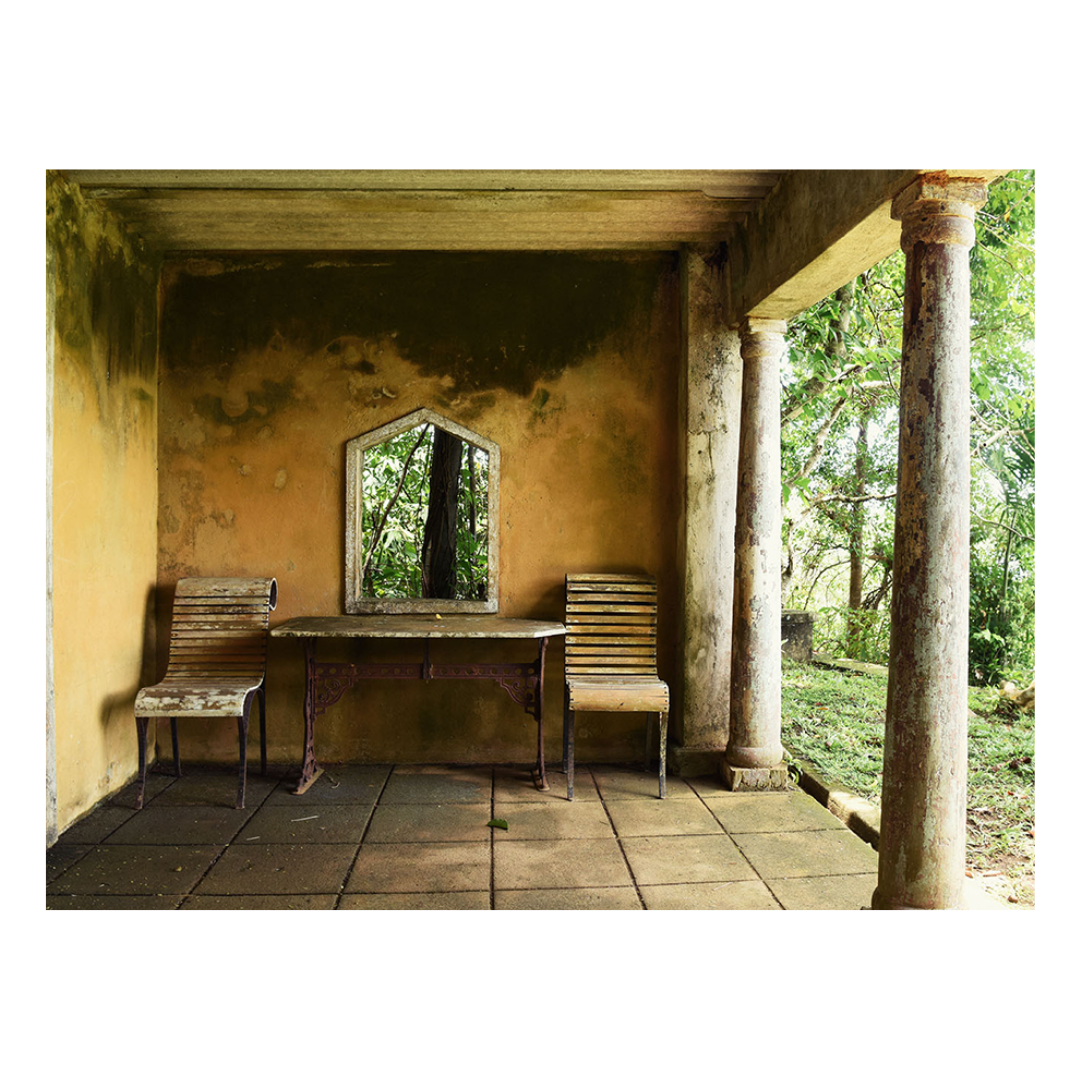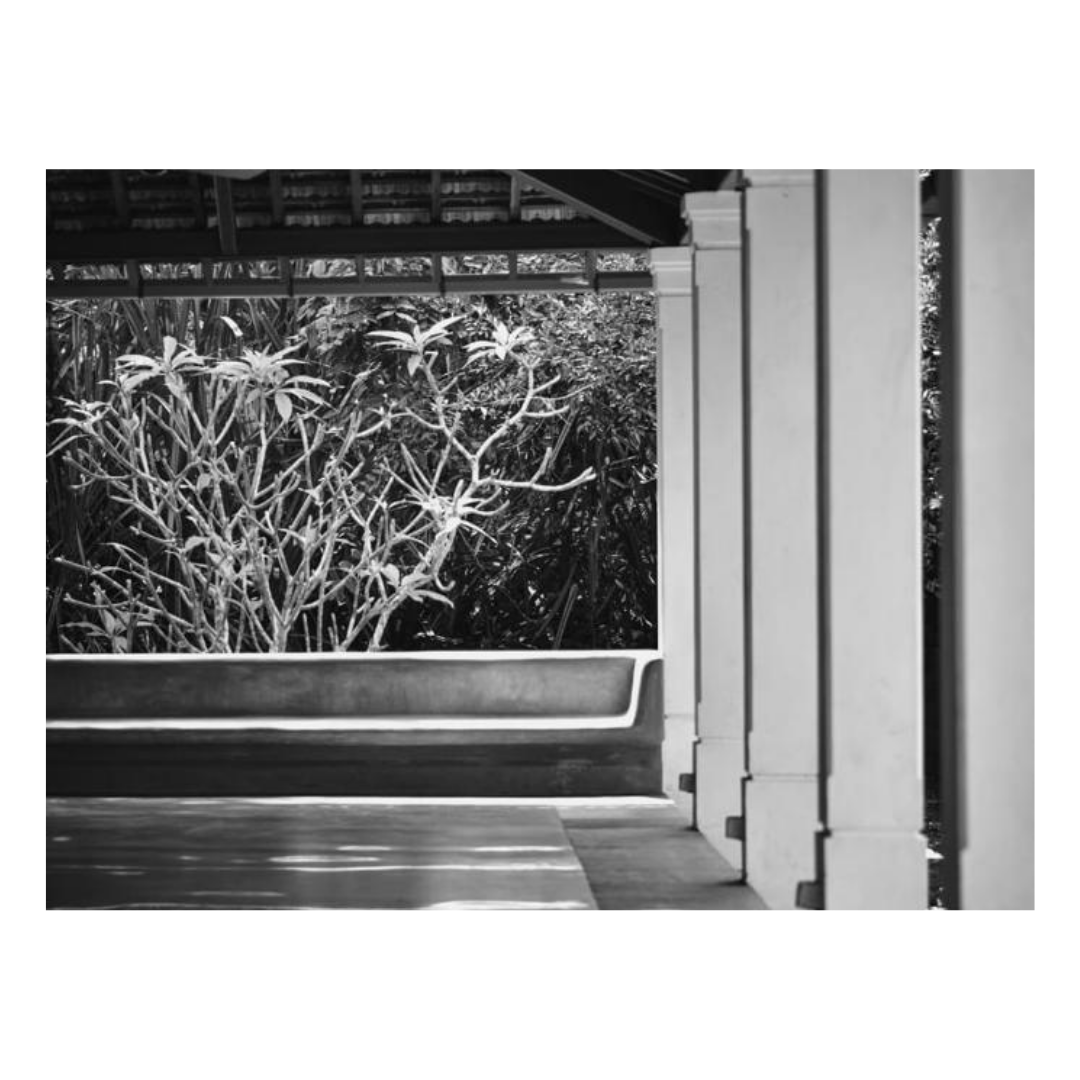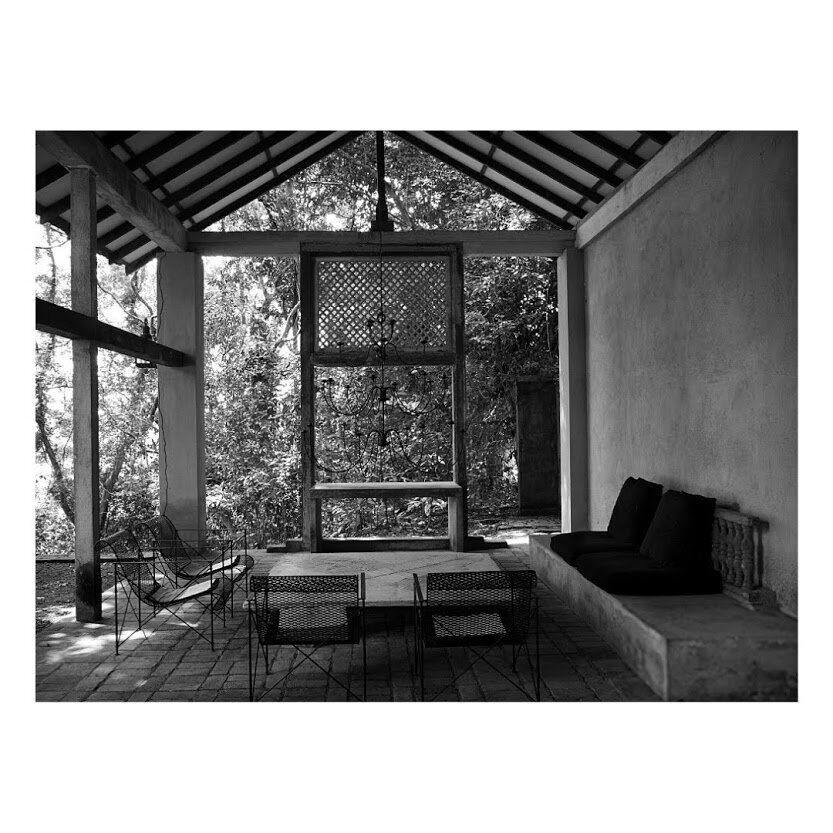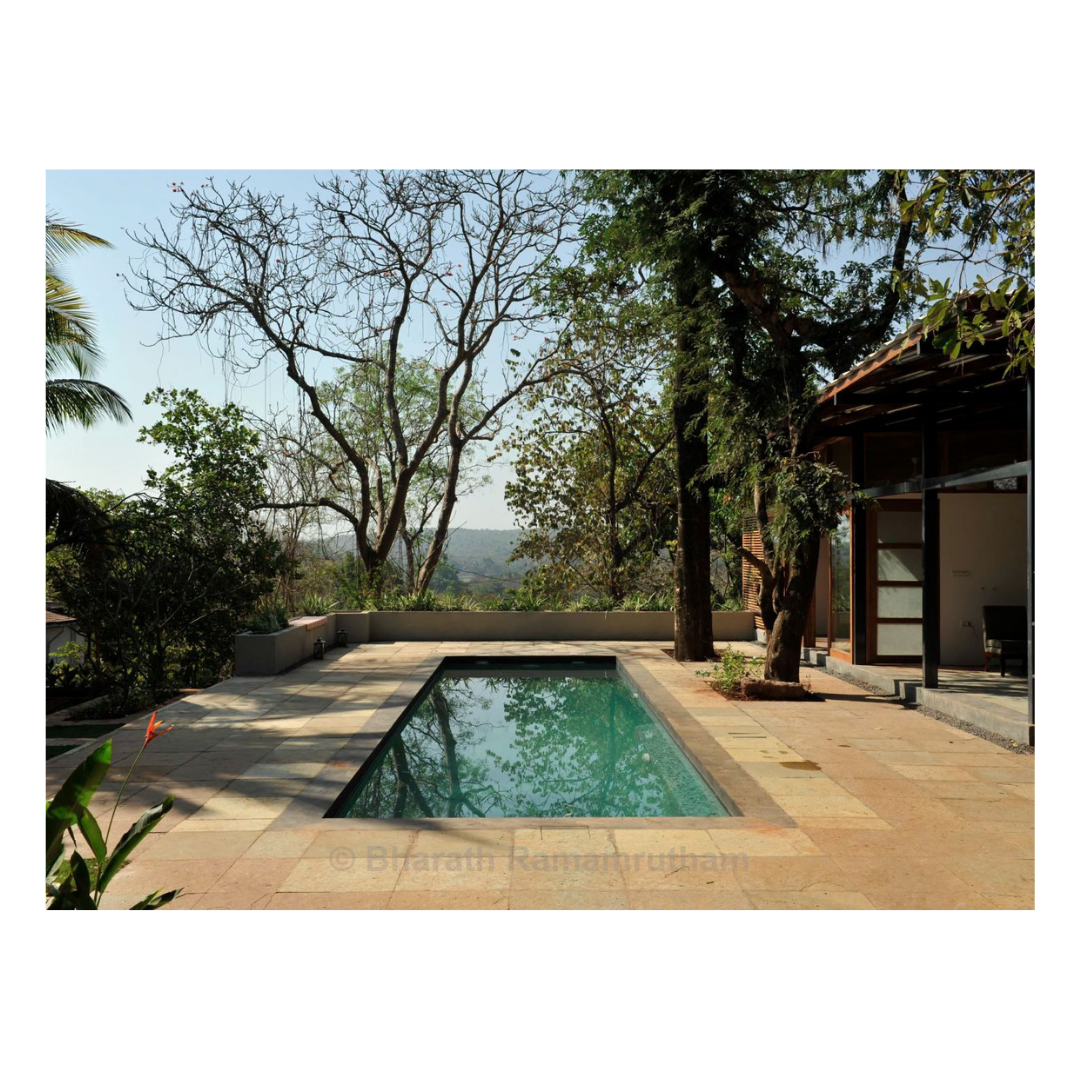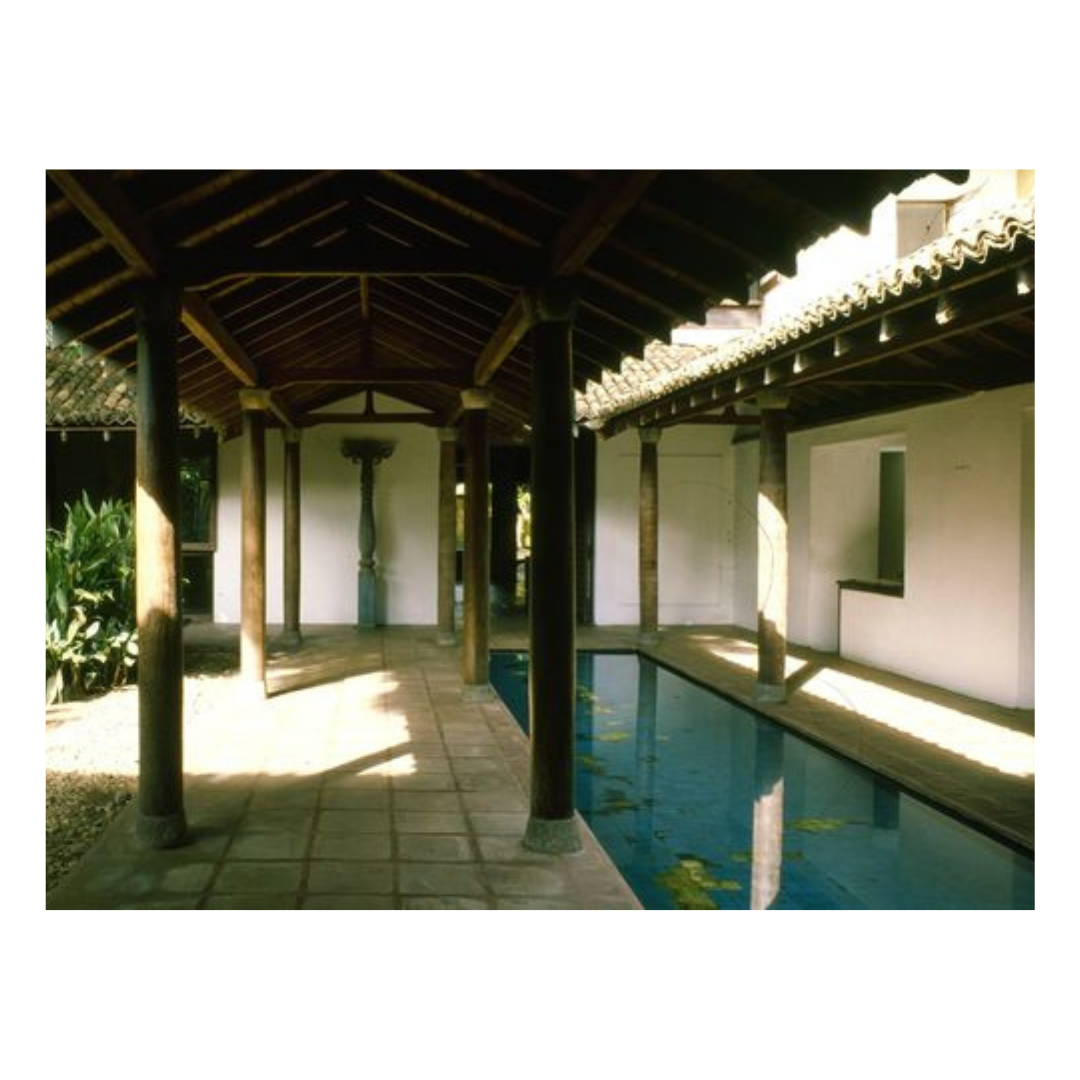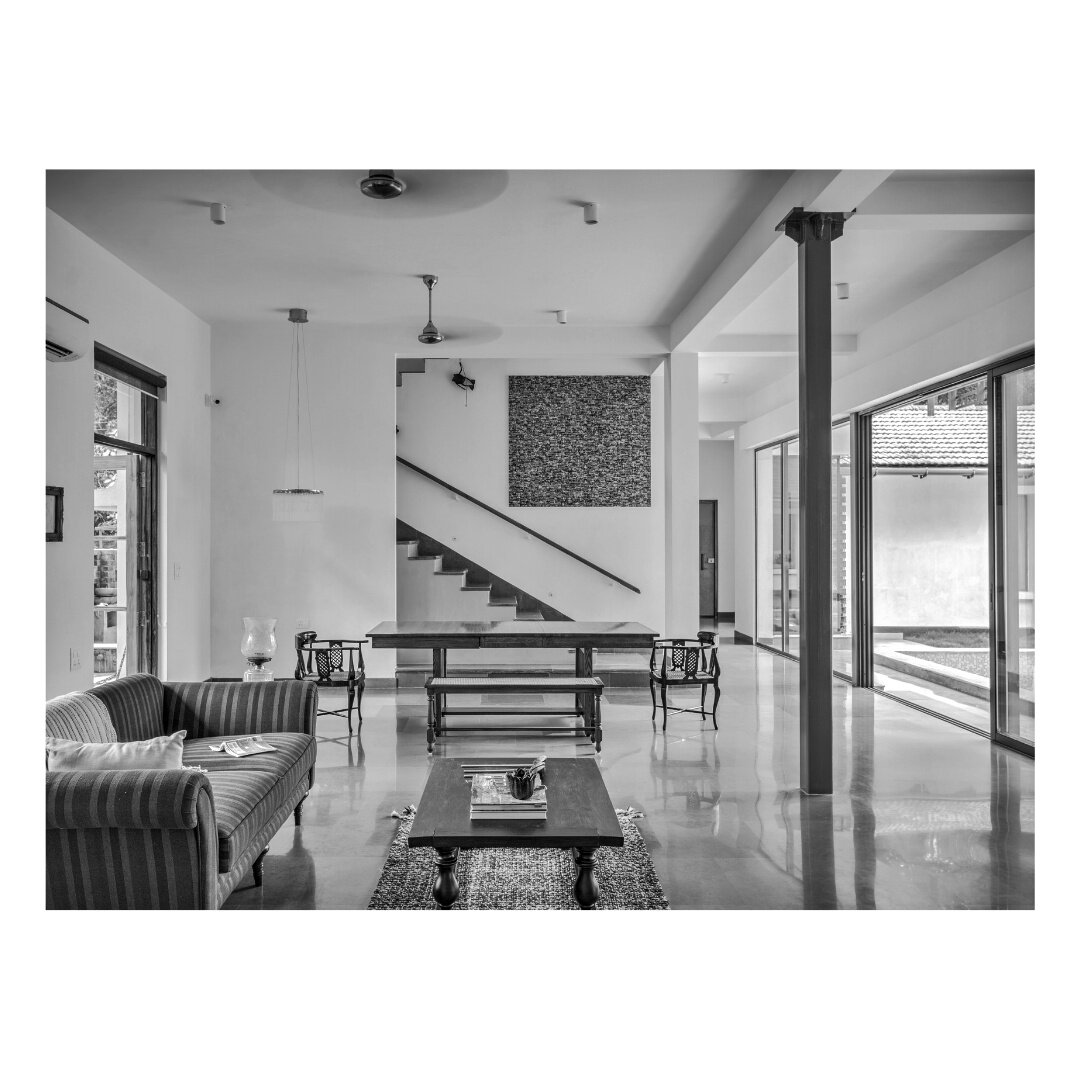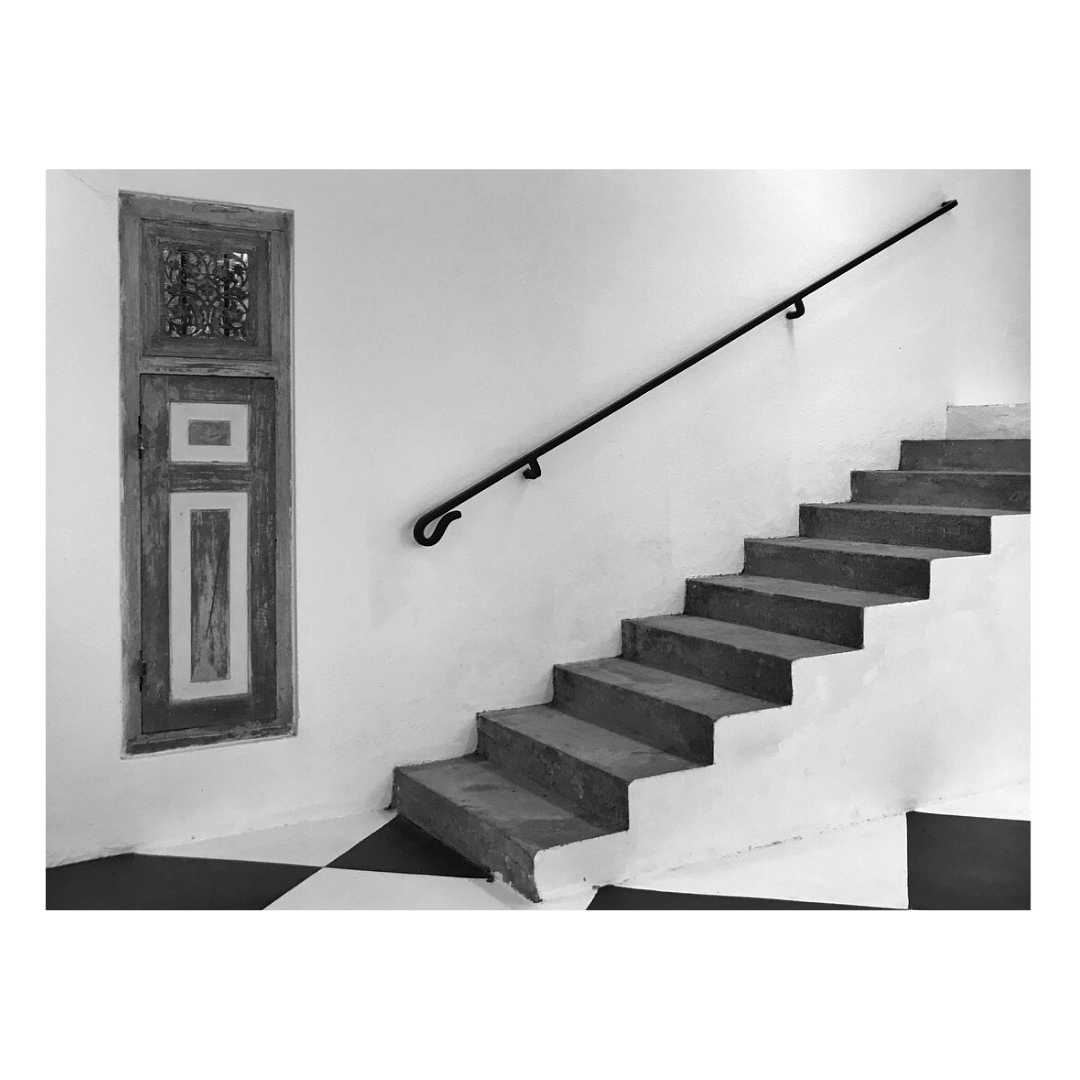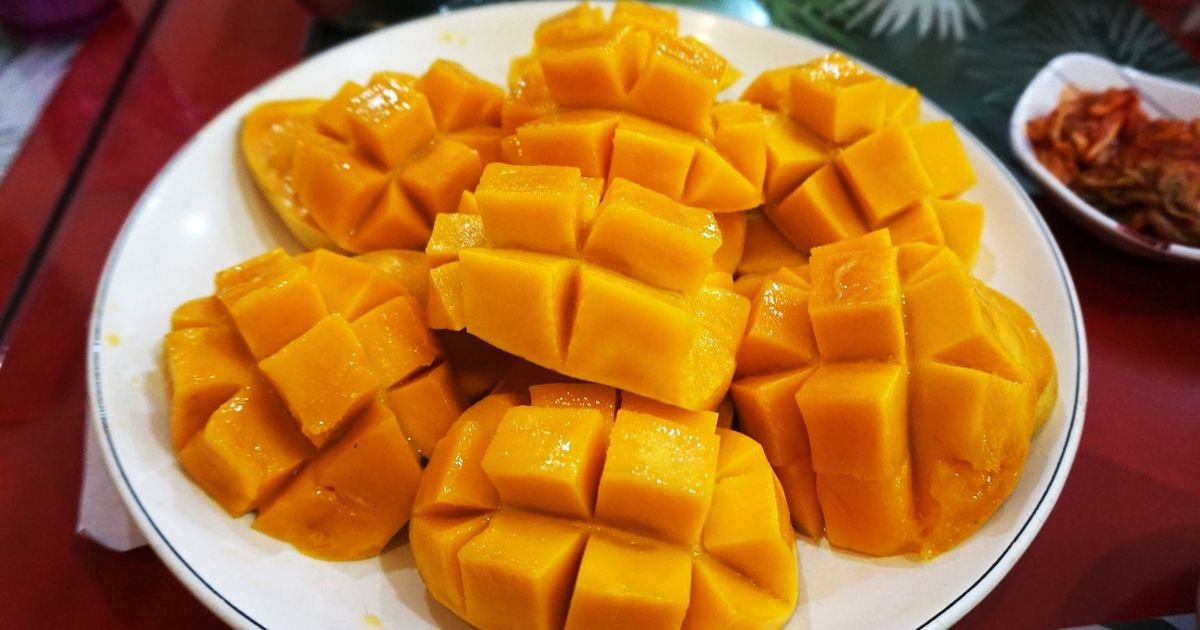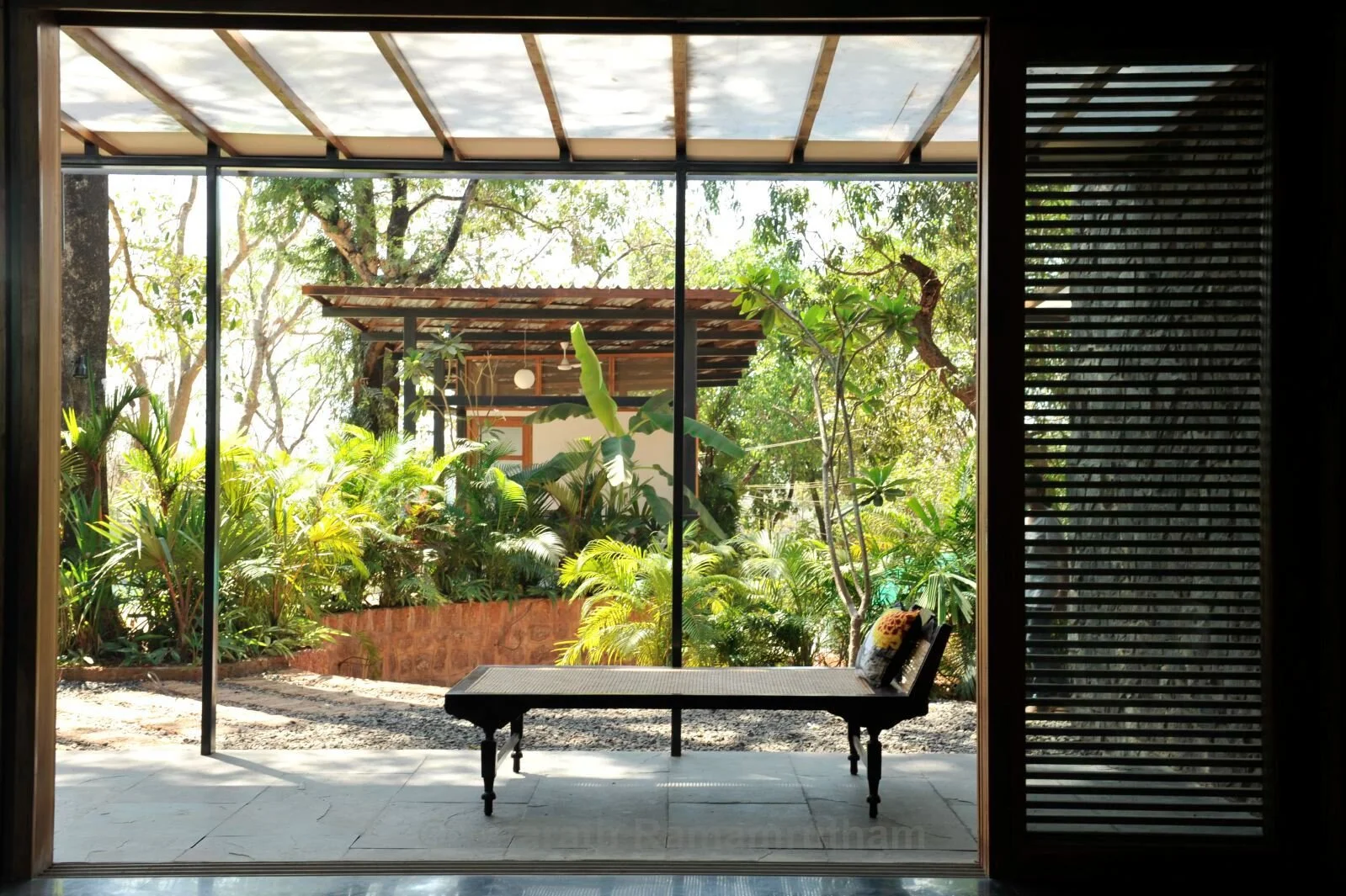In this IG Live, I speak to Dr Pallavi Latkar, the technical brains behind the ecological site planning at our project, The House with Three Pavilions . Pallavi is an ecological expert, she is the Founder and Director at GRASSROOTS Research & Consultancy in Mumbai. Over the Live session, Pallavi and I discuss the extensive rain water harvesting system we have created at The House with Three Pavilions. For this site with many contours and topographical variations in Goa, this monsoon ready water management has been a great way of rainwater harvesting and distribution to recharge the underground water table. Over the course of our conversation, we get into the details behind the site planning and construction, discussing the key techniques we have employed. We also speak about the benefits of conserving natural water systems and debunk myths around the maintenance of these systems.
Here are some additional takeaways from the session:
Every site has a story to tell - the story of its soil, water, and vegetation. Listen to the story - smell, see, touch and feel its elements.
Our sights have many hidden clues in plain sight - within the trees, plants,and shrubbery. FOr example:
A Mango Tree with a dense canopy tells us the site has a good water table.
The presence of wild Colocassia indicates the spot where water will stand and collect in the monsoons.
Moringa and Neem Trees are native trees that are most beloved by birds.
‘Shankasur’ or Cesalphinia is a favourite haven for bulbuls.
Fish-tail Palms will attract Barbets, Coppersmiths, and Hornbills.
Young architects who do not have access to an environmental consultant can start off by using free and universal tools such as:.
Google Earth Imagery from which contour levels of the site can be approximately extracted.
Toposheets of India can be found online - it may require some searching on websites of Landscape Universities worldwide.
Rainfall data and history are available online at various sites including The Meteorological Department website to ascertain the precipitation on your site.
The website of The Irrigation Department of India which gives the specifics about soil in every region.
Software like Google SketchUp, Revit and Grasshopper which allow you to geo-locate and model the site and surroundings in 3D which will help you visualize the terrain.



